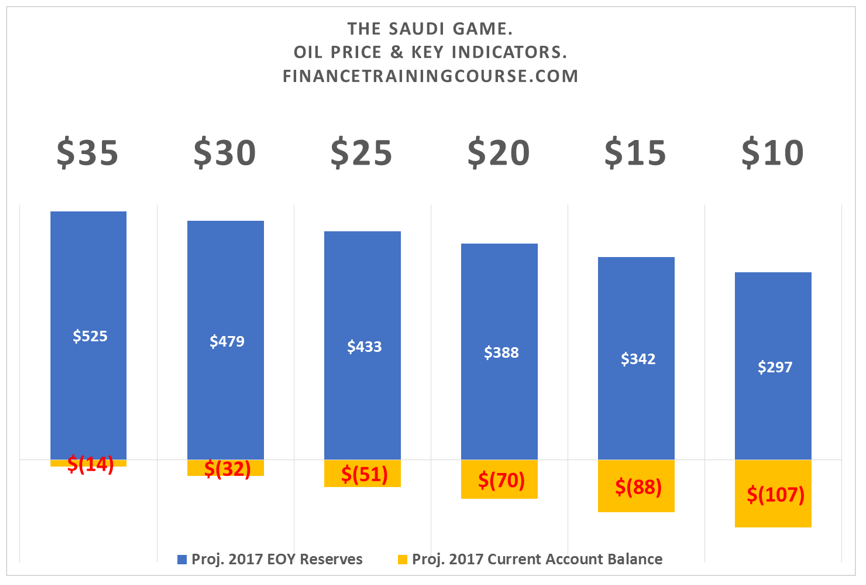A model builder speaks about his reason for being. Ask the right question. Answer it quick. The model will take care of itself. That is all there is to building great models.
I build models.

In 1987 when I was thinking about a choice of careers and we’d met on the side walk of a café in Bombay and you had asked me what I was thinking about doing with my life, I’d be clueless. We would speak about the magic behind numbers and the choice between business and science and money and what my parents wanted but clueless would be just the right descriptor.
29 years later, with hindsight, I know what I should have said. I will build models.
I build them in Excel. I am not good with lines or crafts or cutting and polishing materials. My mother is an artist, my father a mix of an engineer and insurance sales man but I can’t draw, cut or sell to save my life.
But I enjoy numbers. I get a kick out of making them speak my language. I use models to answer questions. And over the years I have learnt that my best investment is always finding the right question. Once I have figured out what the question is, getting the answer, through modeling is easy.
For instance last night at midnight in less than twenty minutes I modeled the Saudi Economy. Technically speaking it wasn’t a really sophisticated model. With less than four line items and two changing variables, I figured the answer to a specific question.
If oil prices tanked all the way down to ten dollars would the Saudis have the balls to stay on the table?
That was the question. The model took twenty minutes but figuring out the path to the query worth asking ran across two weeks of research and a month of mental mathematics.
An earlier, younger me was always focused on tools and technology – the cutting edge generally, the bleeding edge sometimes. I solved problems using a certain approach because I felt good about being in the front; using the most complicated methods. And building risk models made it easier to get lost in the details of what you were trying to do versus what you needed to achieve. It wasn’t model building at best, it was padding my resume and my professional profile. Value at risk – three different ways, yes sir, absolutely sir. It wasn’t about answering questions. It was about bragging rights.
I see versions of me building embellishments and designs, numerically speaking, that had nothing to do with the question or the answer. For example with the question above, a younger Jawwad would have added a distribution that would measure the probability of oil hitting and staying at $10. Possibly also examine a few drivers of interest focusing on what would drive crude oil prices and their behavior. All done with an exotic and proprietary variation of Monte Carlo simulation a colleague of mine and I designed a few years ago.
But the older Jawwad last night understood the value of a quick, crude answer. Everything else was irrelevant if it didn’t lead to a quick answer. First determine where you need to be, then pick the path you should walk on. Once I am pointed in the right direction, I can figure out the rest. That is the value of quick answers, crude or not.
Last night I didn’t need a model for crude oil prices. I needed one for Saudi balls. Understanding the difference changes the context, the model and the question. It also changes the effort required to reach the answer. I didn’t need a desk of qualified quantitative analysts in New York, a super computer, or covert access to the protected data banks of the Ministry of petrochemical affairs in Riyadh. I could crack it using my 3 year old laptop sitting on my kitchen table in Karachi.

Here is what I am really trying to say. As model builders we often get distracted by the tools of our trade. Shiny new models are really not that different from their rusted counterparts. The greatest model builders focus on finding the right question. No rush or hurry. They then use the simplest of tools and approaches to get their first quick answer. They use a cycle to get to a slightly better and improved answer by finding the next quick one. An intellectual equivalent of a goal seek. Because iterative answers, solutions and approaches are better. Ask any great editor, writer or technology architect and they will tell you the same combination. Trial and error, feedback, tenacity and diligence. It’s the mileage that counts not the model.

Be one with the problem. Live it and breathe it in. The question will come to you. When it does, do it justice. Build a simple model that gets you to the answer faster than anyone else. Then build your world around it by improving it turn by turn.
The journey is the answer. Simpler is better. Barrels of oils or Saudi balls. It doesn’t matters. The rules work just as well for both.
See our new series on dissecting crude oil that inspired this post at The knives are out in the oil market.
